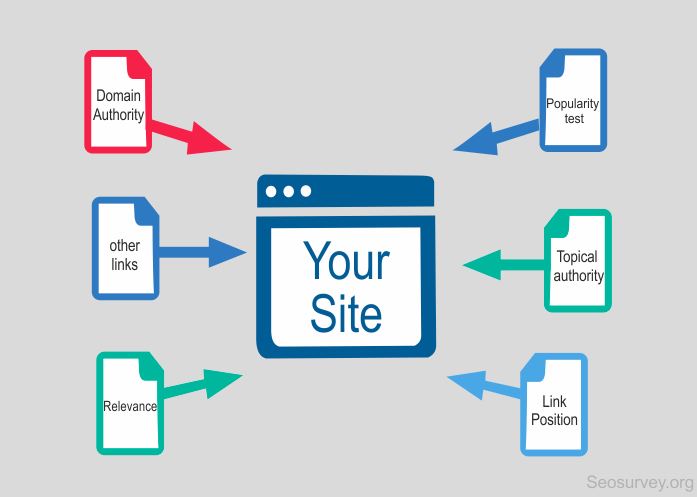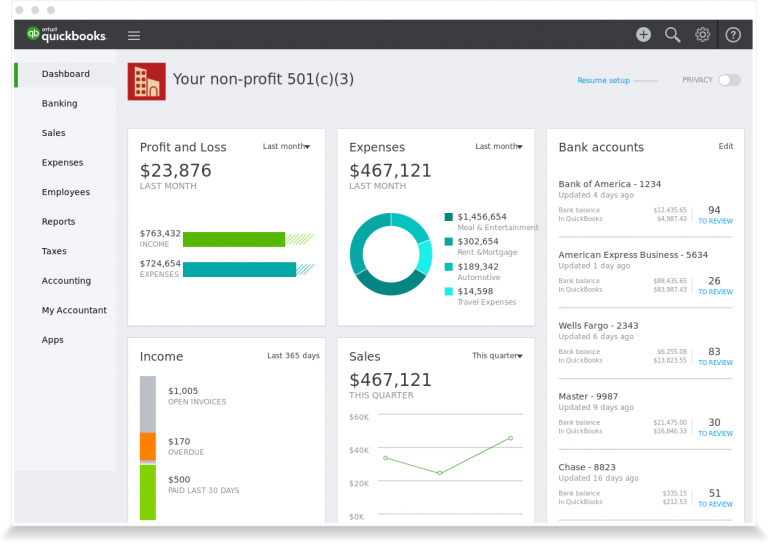How to Increase Website Traffic: DIY SEO
Why is website traffic important?
Every website needs traffic. Whether you have it to represent your small business, to share knowledge through a blog, or to make sales with an eCommerce website. It’s harder to generate new leads and increase sales without customers visiting your website. But how do you get traffic to your website? Today, we’re going to go over four different methods that you should be using as a foundation for your traffic generation strategy.
Quality Website Traffic
Not all website traffic is created equal. There is a big difference between getting random traffic that pads your reporting and quality website traffic from customers that want your service or product. If your seeing lots of traffic to your website but the conversion rates are decreasing or non-existent, then you aren’t getting quality traffic.

How Can I Increase Website Traffic?
-
- On-Page SEO – On-Page SEO is the very first thing that should be taken care of when it comes to the foundation of your traffic generation strategy. SEO stands for Search Engine Optimization and is all about getting you higher rankings in search engines such as Google. Be sure your title tags, heading tags, and content is keyword optimized. Don’t forget to make sure your page speed is up to par. Did you know Google predominantly uses the mobile version of the content for indexing and ranking? Mobile First Indexing means Google will look at the mobile version of the site before the desktop version. So be sure your website has a responsive design. There are a lot more that goes into On-Page SEO, but provided that your site has a responsive design, fast load times, and you are focusing on content you’ll be ahead of a lot of your competition.
- Get Social – The more social you are online, the more you’ll be heard. Keep in mind, the old cliche “the squeaky wheel gets the oil.” It has never rung truer than today on the web. Let’s face it the internet is a loud place. However, there are a few things you can do that will get you heard above all of the noise out there. The big thing here is to share your expertise. Join a few Facebook Groups, Forums, LinkedIn Groups, etc. When you see questions asked that you can answer, answer them. Better yet, be proactive about it. Write a good tip, tidbit, excerpt, etc. Find a good post online somewhere? Share it, and include your thoughts to introduce the information. All of these things show your expertise. Next thing you know, you’ll be the “go-to expert.” How cool is that?
 Grow Your Online Network – Now I’ve separated this from “Get Social” because it is actually two different things. Getting social is all about being available and sharing expertise. Growing your network is all about creating beneficial relationships. Connect with other people in the same arena as you. Connect with other people that provide products or services that complement your own. The point is, connect with people that your ideal customer connects with regularly.Build a relationship with these people. Figure out how you can siphon off some of the traffic in a way that is beneficial for everyone that is involved. Write guest posts for their blogs. Try to get in on their podcast as a guest that can bring value on a particular subject. Whatever it takes. Connect with them, and create a relationship as they can help get you traffic to your website.
Grow Your Online Network – Now I’ve separated this from “Get Social” because it is actually two different things. Getting social is all about being available and sharing expertise. Growing your network is all about creating beneficial relationships. Connect with other people in the same arena as you. Connect with other people that provide products or services that complement your own. The point is, connect with people that your ideal customer connects with regularly.Build a relationship with these people. Figure out how you can siphon off some of the traffic in a way that is beneficial for everyone that is involved. Write guest posts for their blogs. Try to get in on their podcast as a guest that can bring value on a particular subject. Whatever it takes. Connect with them, and create a relationship as they can help get you traffic to your website.- Build Backlinks – A backlink is a link on another website that points to yours. Backlinks from other websites help drive qualified traffic to your website. This also helps Google build trust by seeing other trustworthy sites pointing to yours.
So there you have it. Four different methods that you should have in your arsenal. There are many other things that you can and should do, but these methods will create the traffic flow that your website needs to come to life. If you need help getting more traffic to your website, let me know as my website services can certainly help with traffic generation.




